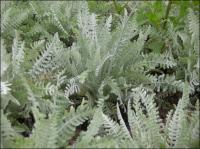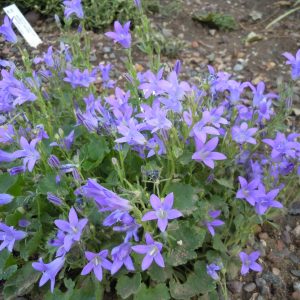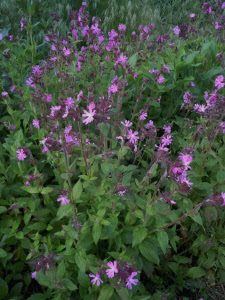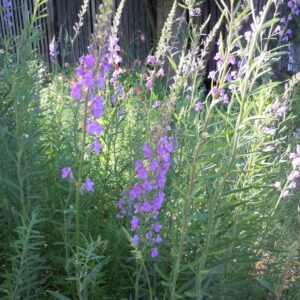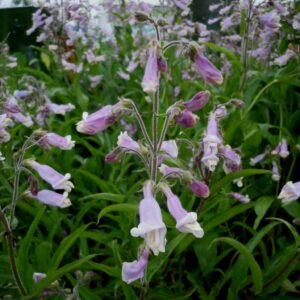Description
OUT OF STOCK – EMAIL FOR AVAILABILITY
Erect, fern-like, thick clumps of striking silver foliage. Mustard yellow platter flowers in summer. I first saw this plant at the harbor garden in Port Washington about 6 AM one fall morning. The foliage was so arresting it stopped me in my tracks.

